Hannover
Unknown author
DEU
near Hannover
© Stadthistorie Hannover
Fetching images...
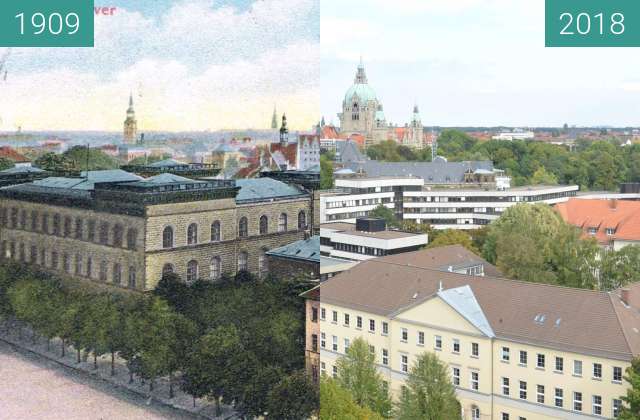
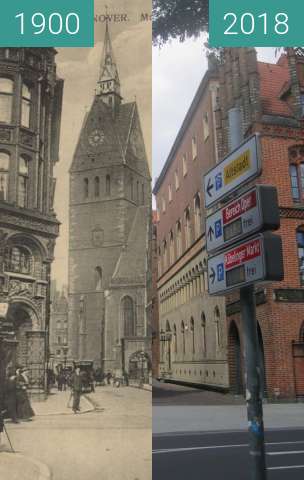
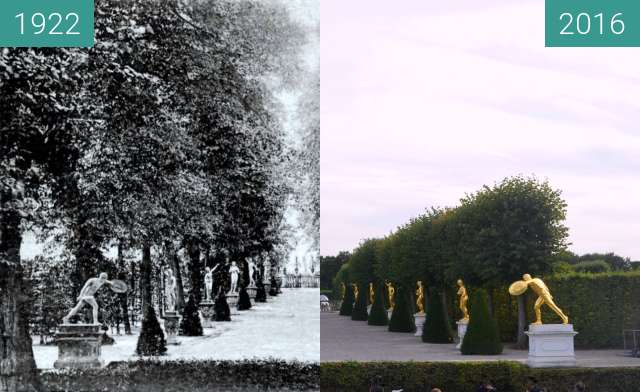
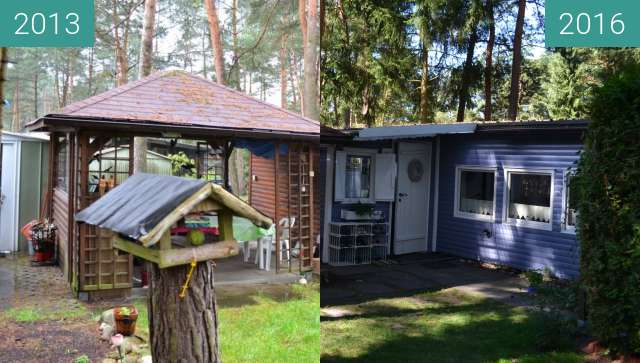
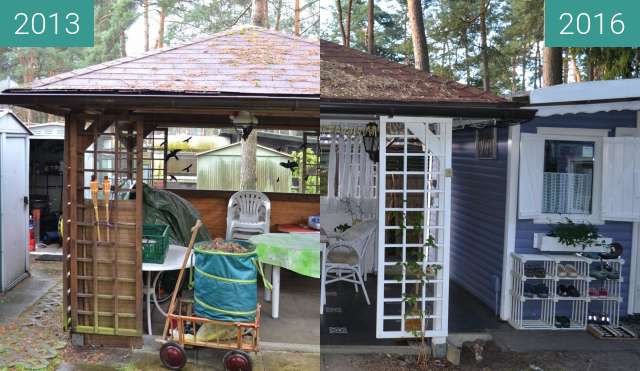


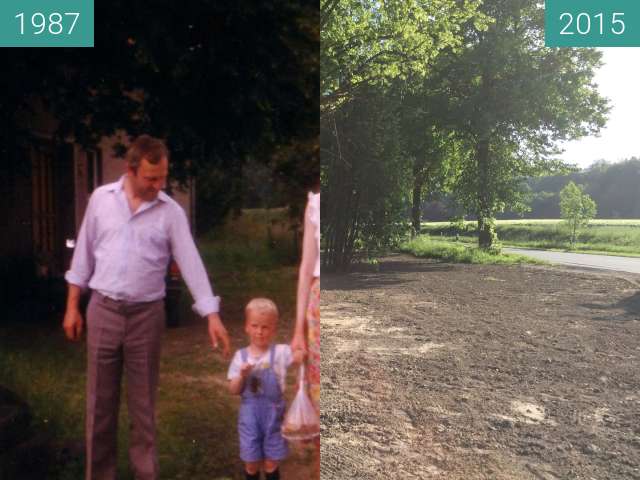


Im Jahre 1885 stand Hannover am Anfang der Industriellen Revolution. Marschieren für den Krieg, , wie hier auf dem Waterlooplatz, wurde dennoch kräftig geübt. Links erkennt man noch das Dach des Leibnizdenkmals, welches später in den Georgengarten umgesetzt wurde. Zudem gibt es noch keine Karmarschstraße und die Flusswasserkunst ist auch noch nicht erneuert.
(cc. Stadthistorie Hannover)
In 1885 Hanover stood at the beginning of the industrial revolution. Marching for war, like here on Waterlooplatz, was nevertheless vigorously practiced. On the left you can still see the roof of the Leibniz monument, which was later converted into the Georgengarten. In addition, there is no Karmarsch Street yet and the river water art has not yet been renewed.
(cc.Hannover city history)